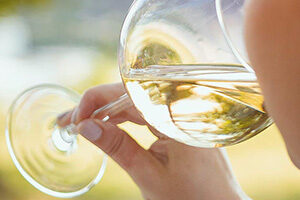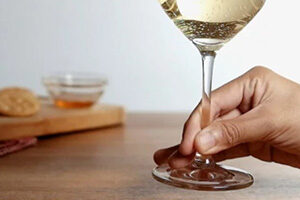Ah, the grand finale! The preceding steps were like meeting the wine, getting a sense of its personality. Now comes the moment to truly savor its essence – the sip.
2. The Art of the Sip:
For an optimal tasting experience, try to incorporate some air as you sip. Let the wine linger on your tongue for 3-5 seconds, allowing its flavors to fully bloom.
3. A Symphony of Tastes: Unveiling the Wine's Layers
To delve deeper, there's a fascinating world of flavors to explore within each sip. Here's a breakdown of the three main types:
-
Primary Flavors: These are the stars of the show, the most prominent and expressive. They stem from the grape variety itself and can range from delightful fruit notes to delicate florals or even a hint of spice.
-
Secondary Flavors: These intriguing additions arise from the winemaking process, particularly during fermentation. The type of barrel used for aging can also play a role, introducing notes like oak.
-
Tertiary Flavors: As the wine matures, it evolves further, developing more complex tertiary flavors. Don't be surprised if you encounter some unexpected tastes here – they're a natural consequence of the aging process and can add another layer of intrigue to the experience.




